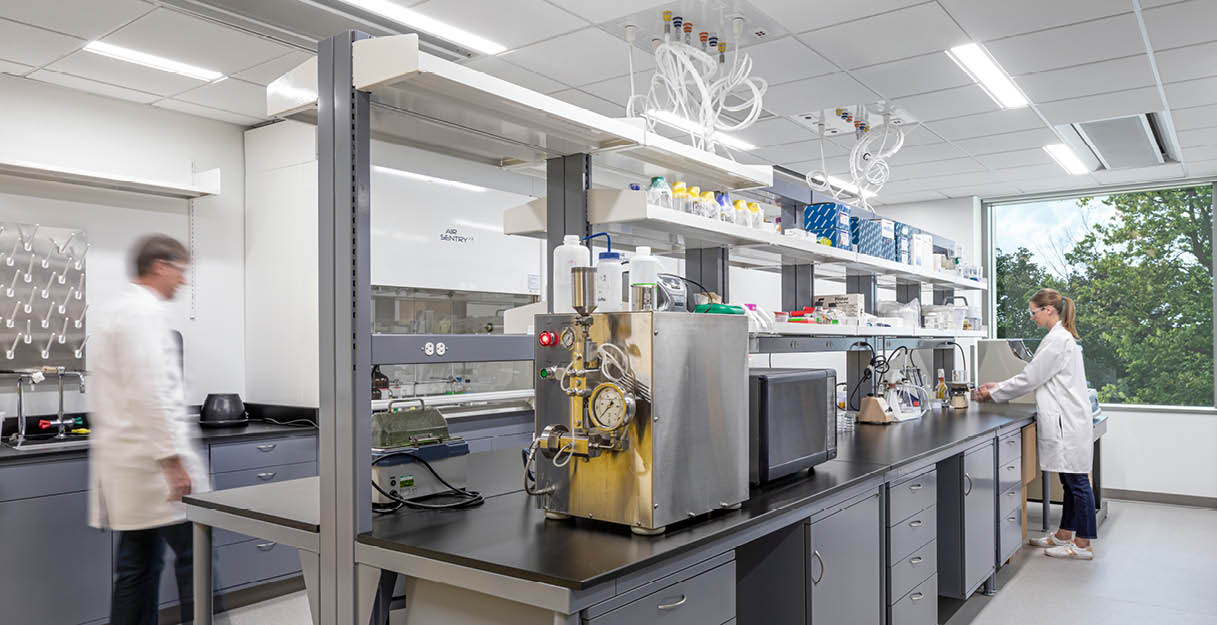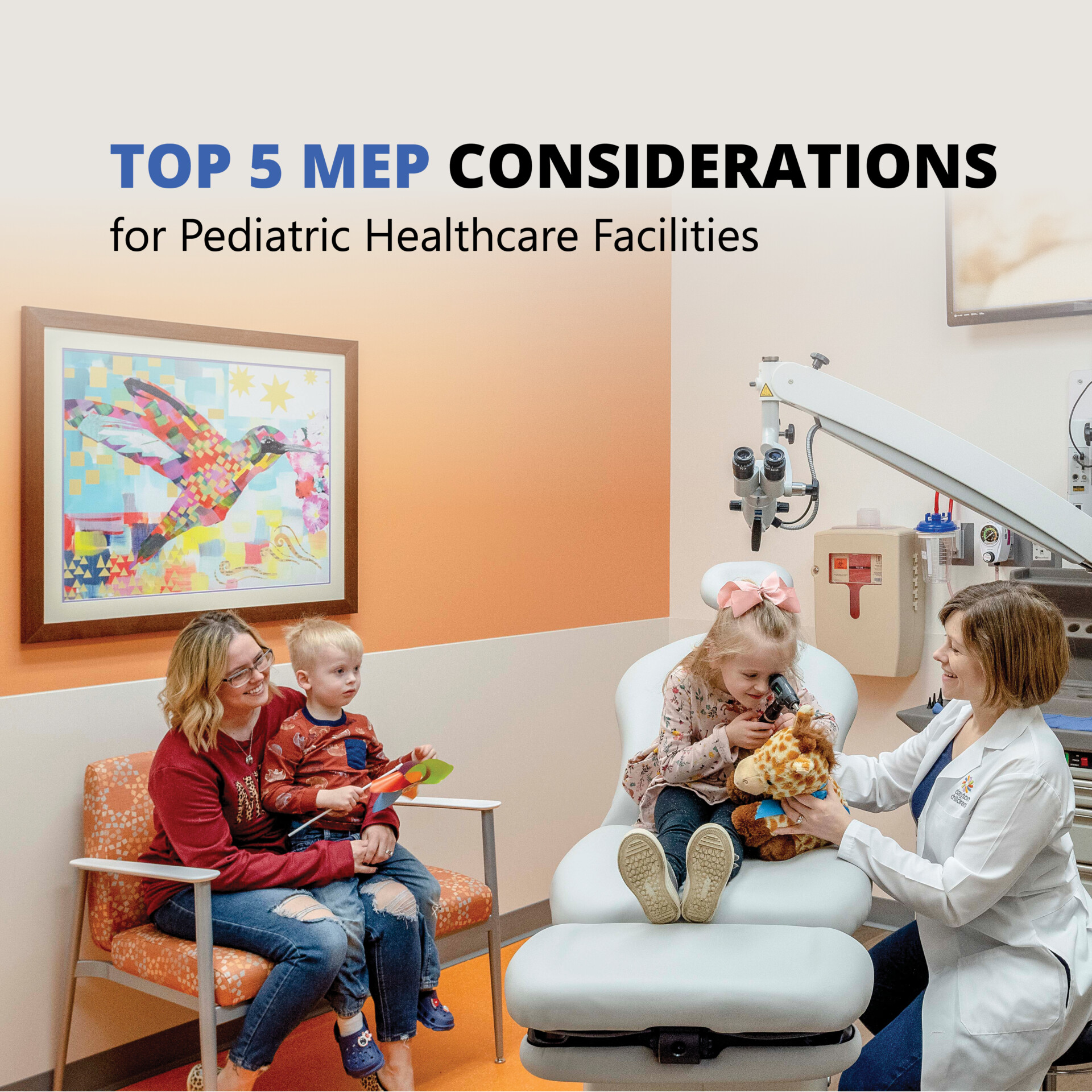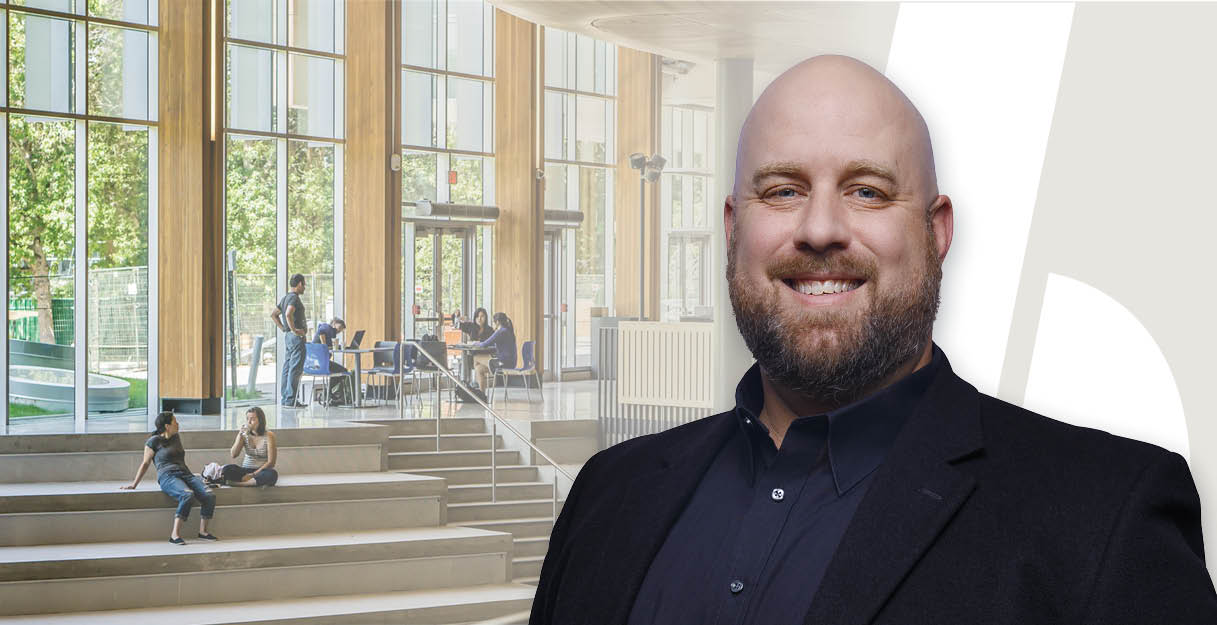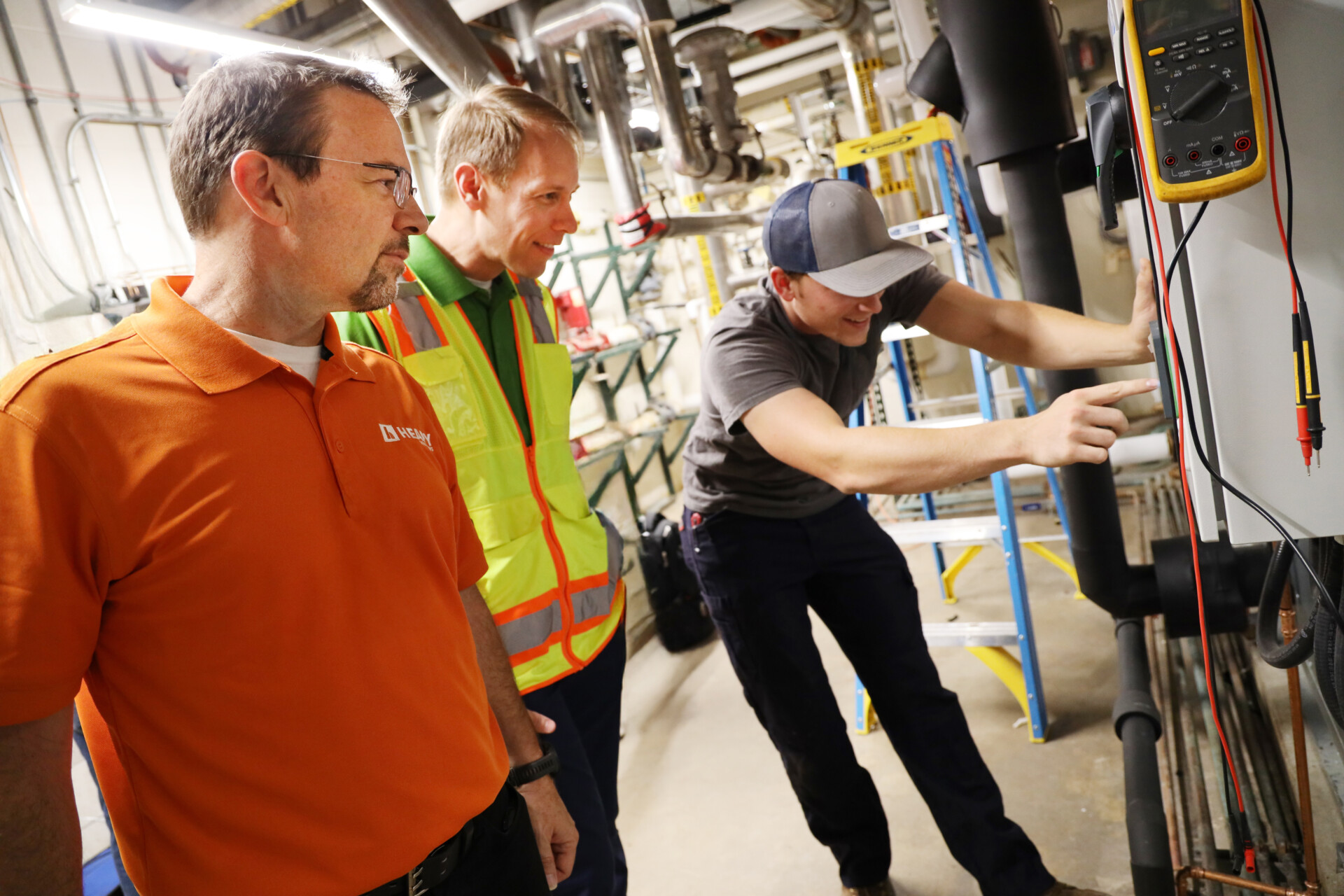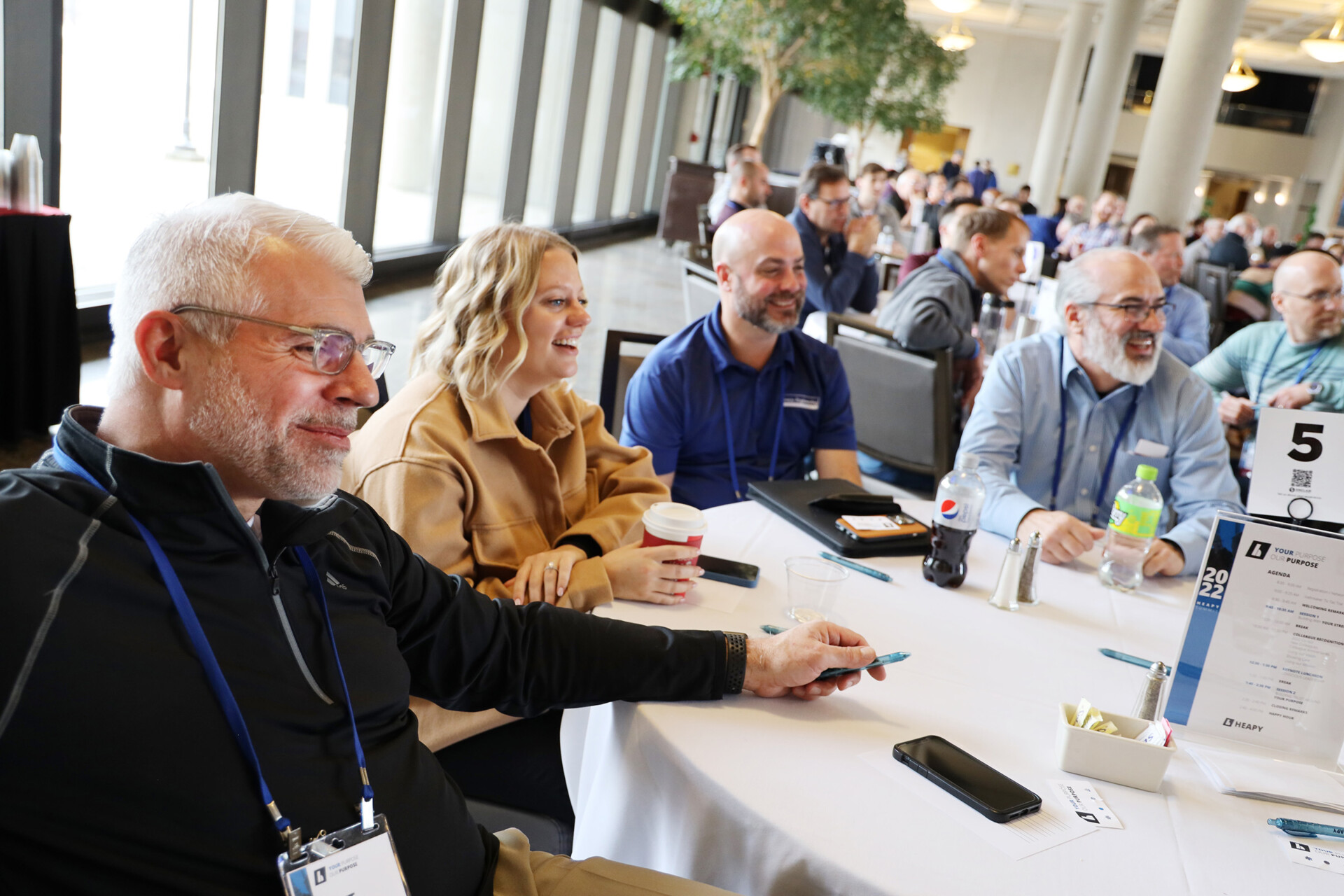The landscape of health science education is rapidly evolving as healthcare and education institutions form partnerships, work together to break down disciplinary silos, and embrace technology-driven environments.
With our deep expertise in the healthcare and education sectors, HEAPY is focused on driving these innovations forward to create flexible and functional spaces. With creativity and foresight, higher education institutions can accommodate the demands of today while keeping the future in mind.
Let’s explore the top three trends reshaping health science education spaces, and how a collaborative approach can improve design and construction project outcomes.
Trend One:
Formal Partnerships Between Education & Healthcare Institutions
Formal partnerships between academic institutions and healthcare organizations are becoming increasingly common, as both sectors drive toward high-performance spaces. These collaborations provide healthcare organizations with a steady pipeline of well-trained professionals while allowing academic institutions to offer real-world, hands-on experiences for students. For institutions facing shortages of workers—particularly nurses—these partnerships are critical.
The recently announced collaboration between Wright State University and Premier Health exemplifies this trend. While this partnership may seem more academic than healthcare-driven, it showcases how educational institutions can serve as vital resources for healthcare organizations seeking to boost their talent pipeline.
Other institutions, such as the University of Cincinnati and UC Health, have evolved together over time and embrace the opportunity to learn alongside each other. In fact, UC Health came directly out of the former Medical College of Ohio, which became part of the University of Cincinnati in 1896. This long-standing partnership provides students with valuable, real-time experience in healthcare facilities — and represents a growing trend of project collaborations between educational institutions and their healthcare system partners.
HEAPY plays a critical role in these partnerships, acting as an “interpreter” between the education and healthcare sectors—who are both driving toward high-performance spaces. With expertise in both fields, our team collaborates with multiple stakeholders, ensuring that the needs of academic institutions and healthcare organizations are met. Our approach ensures that every project is aligned with the goals of all involved parties, whether it’s designing a learning environment for students or a healthcare facility that meets clinical training requirements.
By focusing on sustainability and resiliency from our work in both sectors, we are able to create high-performance teaching spaces that deliver value to the students while reducing operational costs.
Trend Two:
Interdisciplinary and Cross-Disciplinary Spaces
Co-located environments foster collaboration across various fields, allowing professionals from different disciplines to work together in ways that were not previously possible. In health sciences, this collaboration often involves combining research and laboratory space, teaching and learning environments, and clinical practice under one roof.
HEAPY supports these spaces by designing flexible, adaptable environments that accommodate a variety of functions—from research and training to patient care and hands-on learning. With versatile MEP (mechanical, electrical, and plumbing) systems, we ensure architects have the flexibility to shape spaces that evolve with changing needs without sacrificing building performance or aesthetic appeal. The backbone of these systems is designed to serve institutions not just today but well into the future.
Our approach in these cross-disciplinary spaces is highly collaborative. We create cross-functional teams that bring subject matter experts from different fields together. This ensures that spaces are designed with the specific needs of various disciplines in mind, whether it’s creating a state-of-the-art simulation lab or a flexible classroom for teaching future healthcare professionals.
Case Study: IU Indianapolis Health Sciences & Dunlap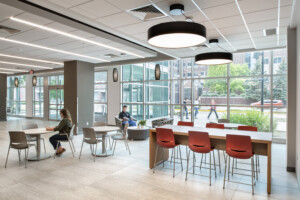
Learn how we partnered with Indiana University to renovate their Health Sciences and Dunlap facilities. This transformative project enhanced energy efficiency, upgraded HVAC systems, and introduced a state-of-the-art outpatient family medicine center, all while ensuring minimal disruption to ongoing operations.
Trend Three:
Technology Immersive Environments
Integrating immersive technologies into healthcare and education environments is the third key trend transforming health science spaces. Telemedicine, augmented reality (AR), virtual reality (VR), robotics, AI, and smart room technologies are making their way to the bedside and are also critical tools for training healthcare professionals and improving patient care.
Our team works to integrate cutting-edge technologies into architectural designs, ensuring spaces are adaptable and forward-thinking. These spaces, like hyper-realistic simulation labs and multi-modal learning environments, allow students and professionals to engage with cutting-edge technologies hands-on. This trend has been particularly impactful in healthcare, as these immersive technologies offer new ways to deliver care and train workers in critical scenarios.
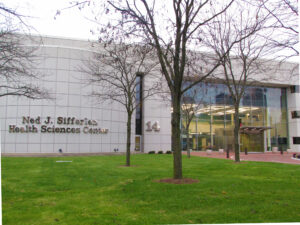 Case Study: Sinclair Community College Health Sciences Center
Case Study: Sinclair Community College Health Sciences Center
HEAPY provided the mechanical and electrical design for this cutting-edge health sciences center. This space allows students and professionals to practice complex procedures in a controlled, simulated environment before applying their skills in real-world settings. These environments are crucial for training professionals quickly and effectively in a healthcare industry facing staffing shortages and rising costs.
How do we shape the future of health science education?
HEAPY is committed to designing spaces that are both flexible and adaptable, addressing the diverse needs of all stakeholders in the health science sector. From fostering partnerships between academic and healthcare institutions to creating interdisciplinary spaces and technology-driven environments, our focus remains on collaboration and flexibility.
By working closely with the clinical staff, stakeholders, architects, and the rest of the design and construction team, we ensure that every space is a balance between aesthetics and functionality, contributing to the overall success of every project.
By leveraging our healthcare and academic expertise, HEAPY helps the design team and institutions stay ahead of industry trends. Our cross-disciplinary approach and deep technical knowledge ensure that every project meets today’s needs and is prepared for tomorrow’s innovations.
